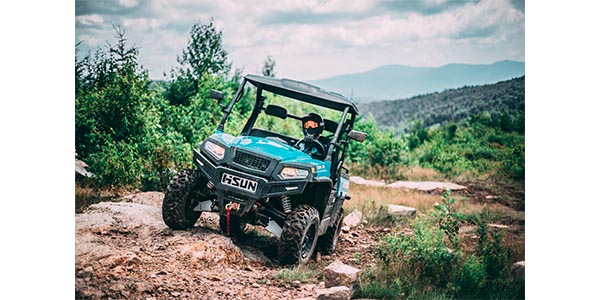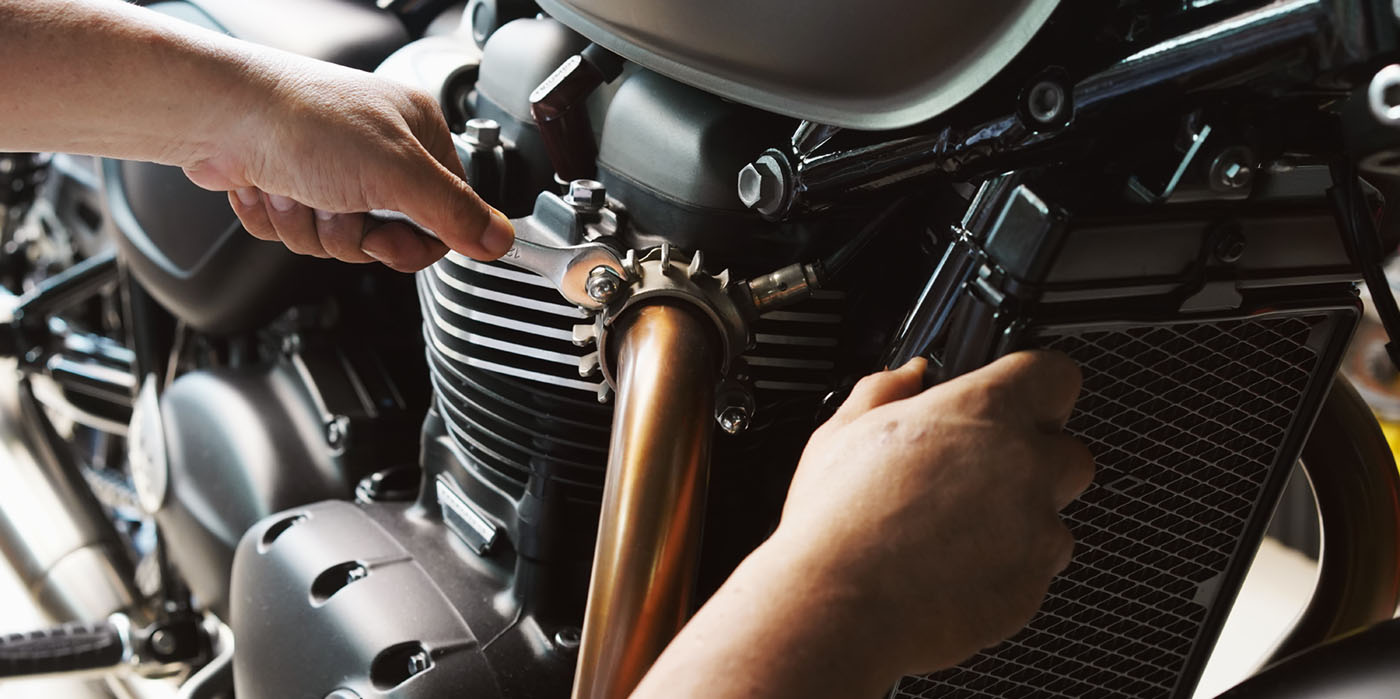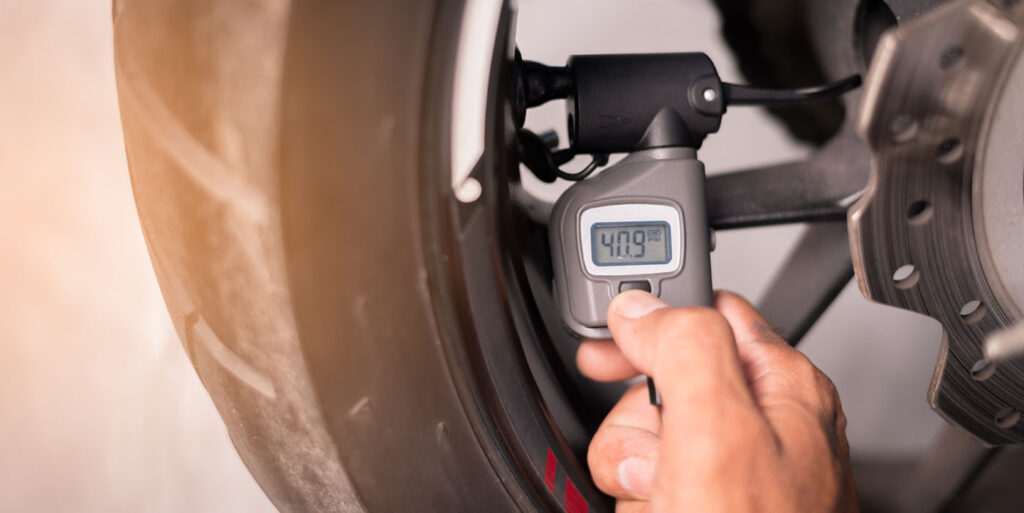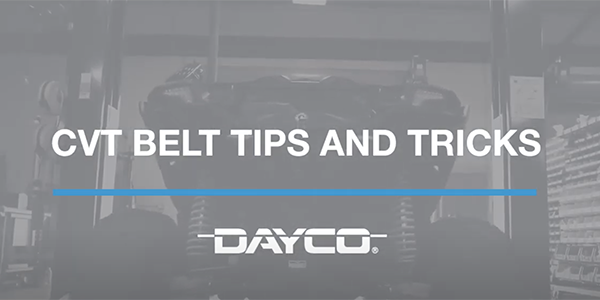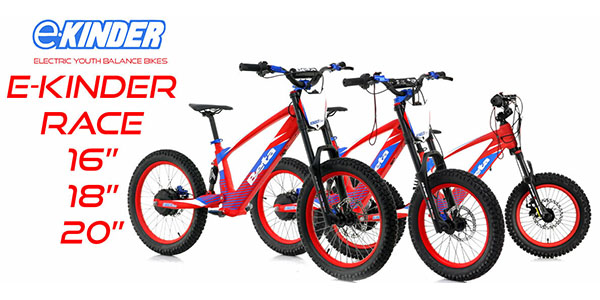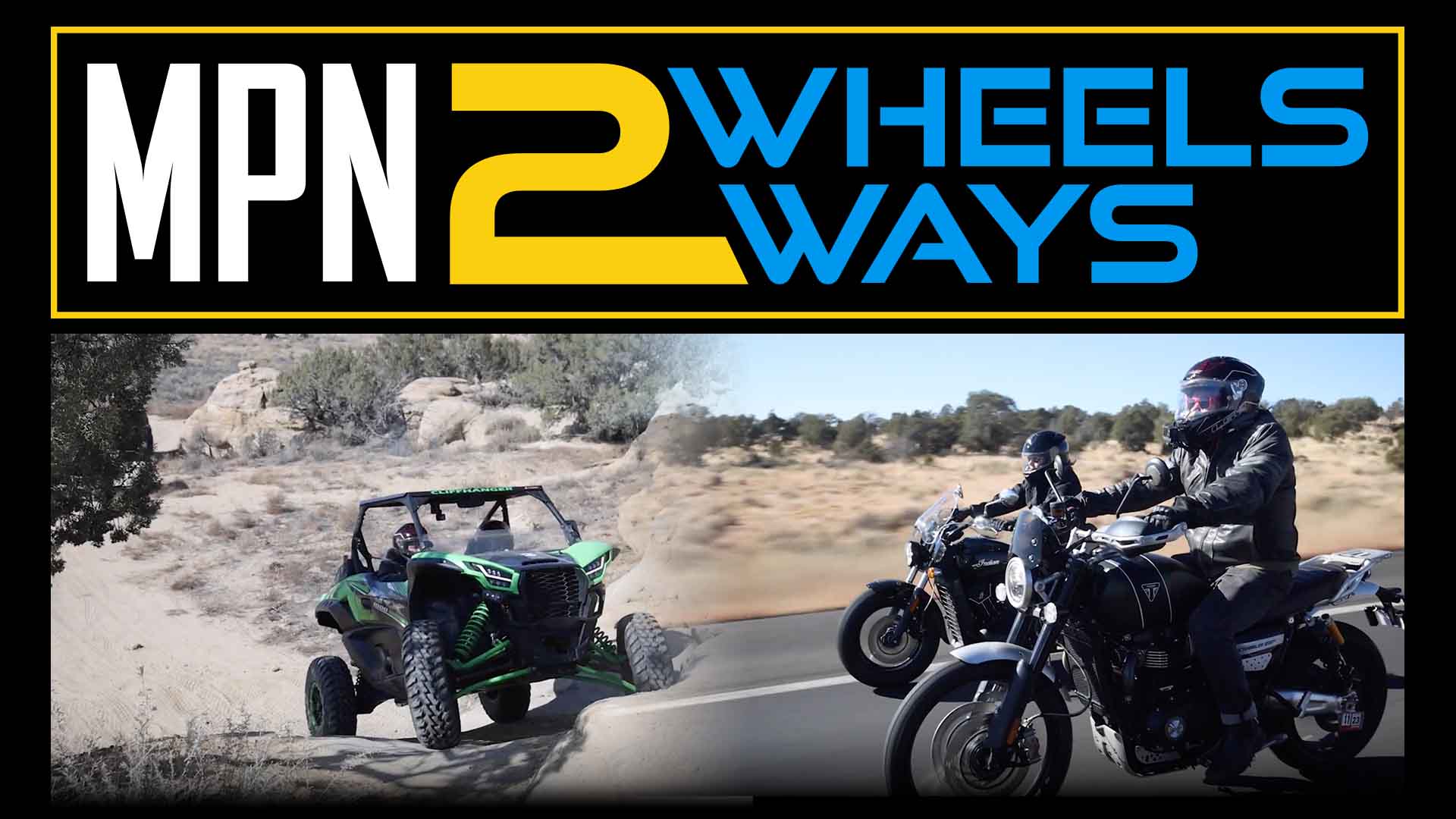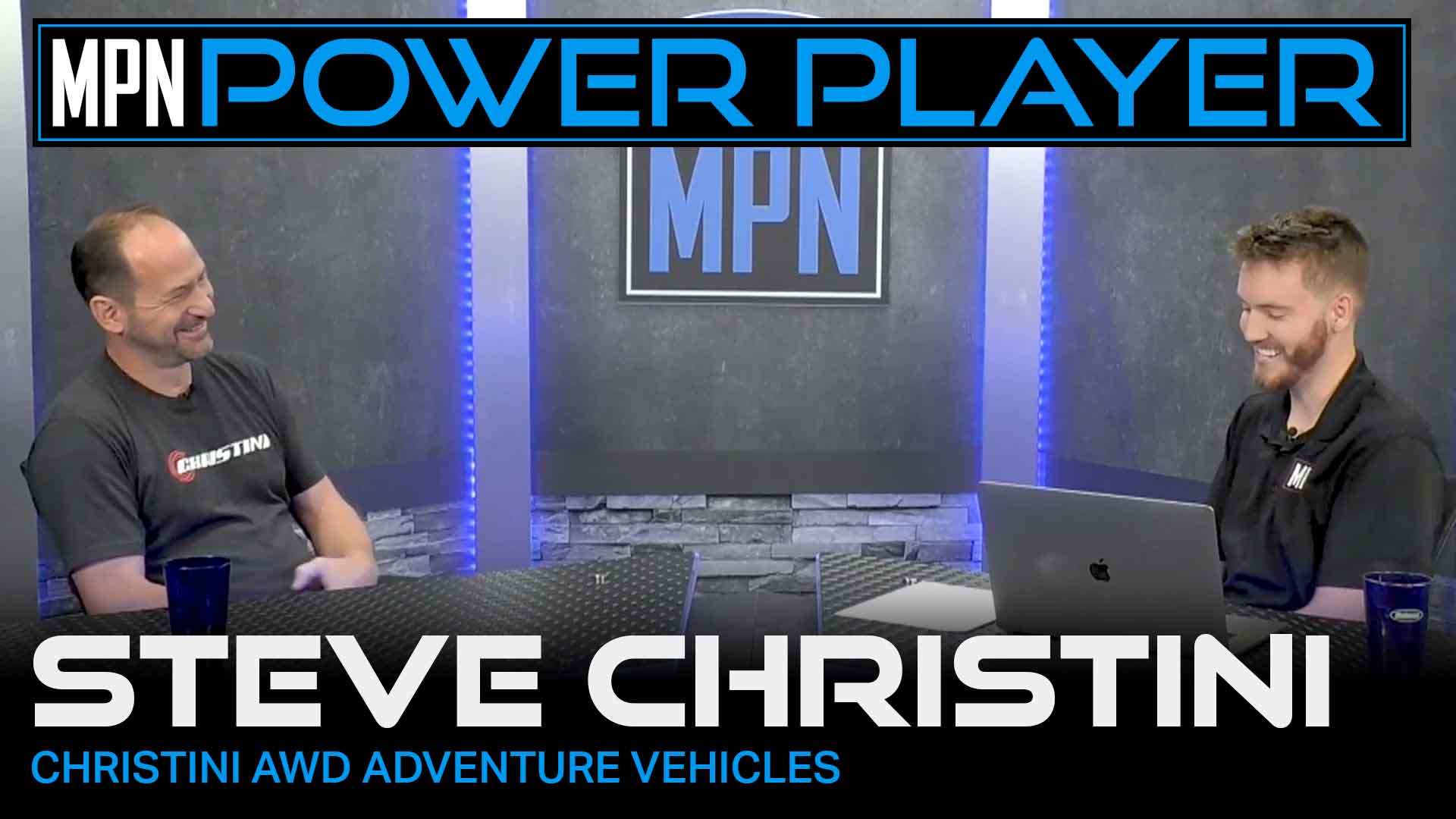There are many reasons why a customer brings their ATV, side-by-side or motorcycle to your shop. They may not possess the skills and tools to work on it themselves, maybe they don’t have the time or perhaps they just want the job done correctly by an experienced technician. Shops that routinely service off-road vehicles know that while these vehicles are similar in operation to their on-road counterparts, they require additional care. Mud, sand, red-clay, dust and dirt are especially hard on certain parts.
Take the time to educate your customers with what’s involved in properly servicing and maintaining their off-road machines. Being transparent with them will build trust, help to avoid misunderstandings and could score you some additional work.
Many shops will refuse to work on a dirty vehicle and with good reason. Have you ever tried replacing a top end on a dirty bike? A technician can’t be expected to work on a machine while dirt is flaking loose and getting into the components they are servicing. Also, dirt can cover up problems that might be missed like a cracked frame or loose bolt or nut. Insist your customers either bring you a clean vehicle or that they understand it will be cleaned by you, and most likely for a fee, before it will be worked on.
When it comes to off-road vehicles, keeping them clean and properly lubed between rides helps preserve nearly every aspect of the vehicle. It’s easy to spot the difference between machines that are always dirty versus the ones that are kept clean — they wear differently and they tend to not operate as smoothly. Dirt attracts moisture, which together can corrode many components including the vehicle’s frame. Foreign matter between two parts causes friction and additional wear.
Don’t assume your customers know how to properly clean and lube their vehicles between rides. Consider how many wheel bearings and suspension components a well-meaning dirt bike owner has prematurely destroyed with their new pressure washer. Show your customers how to do it right with the proper techniques and cleaning products. Washing, drying and lubing is an important part of owning and enjoying an off-road vehicle.
With a clean machine on your lift, you are ready to do a walk-around. Do this first, regardless of what the vehicle is in for. If you find something that needs to be addressed, you can discuss it with the customer as soon as possible and give them the opportunity to think about it. Nobody likes surprise repair bills and experience has taught us that customers are less reluctant to approve repair work if they are told about it up front.
Check the frame for cracks, look for loose fasteners such as nuts or bolts. Inspect for missing or improperly installed cotter pins. Look for things like torn CV boots, hidden grease fittings and worn chain guides. You don’t want your customer to realize they have a torn boot out on the trail. A torn or missing boot can quickly result in axle damage for someone who runs their side-by-side through the mud all weekend. It’s not a bad idea to encourage your more aggressive riders to purchase additional boot repair kits or even extra axles to carry with them so they are fully prepared out on the trail, should something go wrong.
A squeaky suspension is a good indicator that pivot points need some grease. Many off-road vehicles have grease fittings that must be regularly serviced. Proper servicing includes making sure they are tight and pumping them full of grease. On side-by-sides these fittings can be easy to overlook and hard to reach. Consult a service manual as to the location of all the grease fittings — they can and do fall out, so don’t just look for the ones you can easily see. Replace any missing or damaged fittings with new ones. At times, grease fittings can become clogged and removal and replacement is necessary to allow the grease to flow properly. Depending on the circumstances, your grease gun may be unable to fill a fitting without partial disassembly of the vehicle. There are many cases where you may need to use a jack, remove a shock or the combination of the two to properly fill a fitting.
Everything rides on the tires — they determine to a large part how a vehicle will handle. When a vehicle comes into the shop, check the air pressure and note the readings. A tire with low pressure should be checked for leaks and repaired or replaced. Visually inspect the tires for slashes, damage, wear or foreign objects that may be stuck in them. Encourage your off-road customers to purchase and carry a tire repair kit. There are all kinds of tire repair solutions out there from sealants to plugs, patches, tubes and tire irons. Keeping air in your customers’ tires keeps the fun going.
Inspect the air filter, clean or replace it and oil it up. Dust can clog an air filter in no time, especially if your customer has been riding in other riders’ dust clouds. Encourage your off-road customers to purchase and keep an extra air filter with them. They can store an oiled filter in a plastic bag and simply swap them out between rides as needed. You can clean, oil and bag a spare at their next service appointment.
Inspect the spark plugs and clean, adjust or replace as needed. While fouled spark plugs are becoming rare on fuel injection machines, you should encourage your customers to purchase a spare and keep it with them. Most side-by-sides have ample room in the glove boxes; ATVs can fit them under the seats and motorcyclists can place one in a compact tool kit. Make sure your customers know how to get to their plugs and that they have a toolkit for their vehicle.
Dirt bikes and sport ATVs abuse chain guides and they are often overlooked by the customer. While you are inspecting, adjusting and lubing the drive chain, check the state of wear of the chain guides, sliders and rollers. You probably have plenty of chain and sprockets in stock but how many chain guides or rollers are you keeping? Consider keeping some in stock for popular off-road models. A customer who continues to operate a chain-driven vehicle with a worn-out chain guide can cause serious damage to the vehicle or hurt themselves. Catching these items before damage begins can save a major headache for the customer and will give you the lead time to order replacements before it is too late. Again, this is a part you might want to encourage your customers to keep a spare on hand.
We’ve mentioned just a few things to consider when servicing off-road vehicles. The periodic maintenance chart of the vehicle’s service manual contains a comprehensive list of maintenance items and their suggested maintenance intervals. Shops that cater to off-road enthusiasts would do well to keep track of their customers’ needs by stocking special tools, spare parts and offering services that specifically cater to the off-roaders in their area. In this way, the people you depend on to help your business thrive will know they can depend on you.

